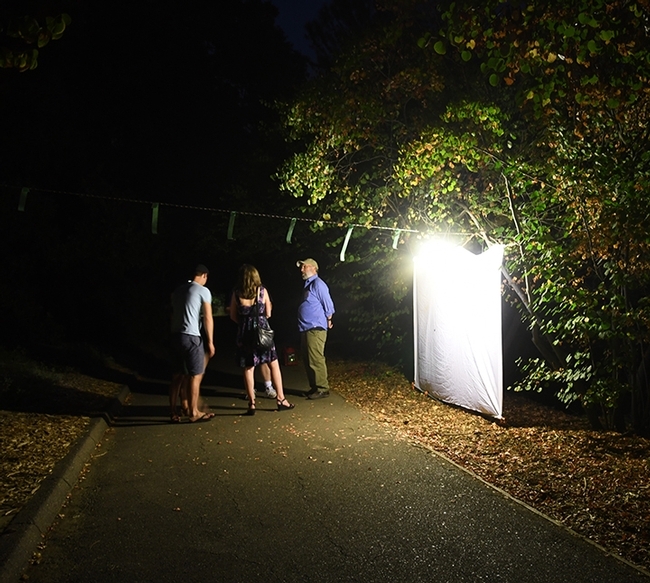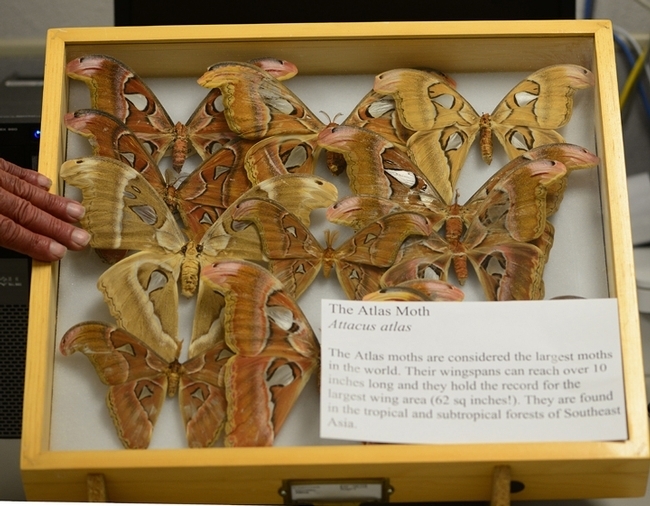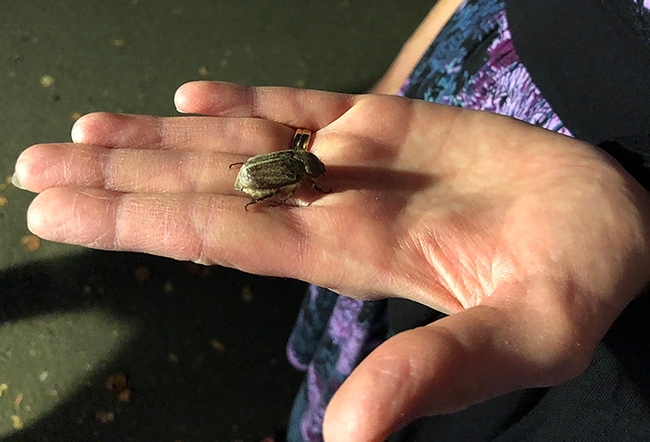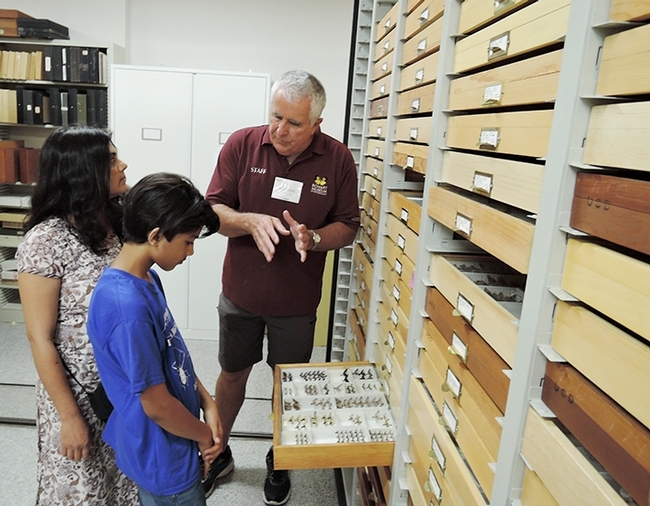- Author: Kathy Keatley Garvey
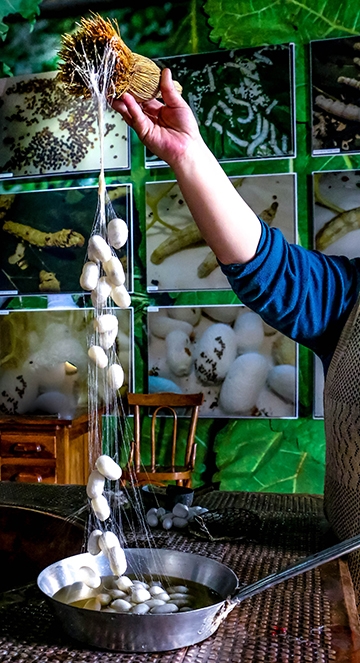
The UC Davis Bohart Museum of Entomology will host an open house on “Arthropod Husbandry: Raising Insects for Research and Fun” from 1 to 4 p.m., Saturday, Nov. 16 in Room 1124 of the Academic Surge Building on Crocker Lane. The open house is free and family friendly.
"We will have a number of people who are expert at raising insects, both for research and for fun," said Tabatha Yang, Bohart Museum education and outreach coordinator. UC Davis student Andrew Goffinet, a former Bio Boot Camper, will be on hand to talk about rearing butterflies and moths. UC Davis entomology alumnus Lohit Garikipati will discuss praying mantids.
Another UC Davis entomology alumnus Nicole Tam will discuss rearing insects for research in the Geoffrey Attardo lab. Graduate student and Bohart associate Zaid Khouri will tell visitors how to rear tarantulas and millipedes for fun.
"We also will be discussing Madagascar hissing cockroaches as good options for 'starter pets' for kids, and some of the problems with stick insects (walking sticks)," she said. Visitors are invited to hold the hissers and stick insects and photograph them.
At 3 p.m., silkworm moth expert İsmail Şeker, a Turkish medical doctor who wrote a book about silkworm moths and the cottage silk industry in his home town, will show his newly produced video about the silkworm moth life cycle. Seker, also a talented videographer and a photographer, will answer questions following his 13-minute video presentation.
"This will be a fun open house for anyone considering a pet with an exoskeleton," Yang said."It will be good for educators to learn about classroom 'pets,' including those that do work with silk moths for life cycle lesson plans."
"Also, to kick off the holiday season we will have the unique wire jewelry by former entomology major Ann Kao, so people should be prepared to shop for some unique insect-inspired jewelry."
A family craft activity is also planned.
This is the last open house of the year. The next one will be on Jan. 18 when UC Davis graduate students from many different fields, "will be talking/displaying about their cutting edge research with insects," Yang said.
The Bohart Museum houses a global collection of nearly eight million specimens. It is also the home of the seventh largest insect collection in North America, and the California Insect Survey, a storehouse of the insect biodiversity. Noted entomologist Richard M. Bohart (1913-2007) founded the museum. It maintains a live "petting zoo," featuring Madagascar hissing cockroaches, walking sticks or stick insects, tarantulas, and praying mantids. The museum's gift shop, open year around, includes T-shirts, sweatshirts, books, jewelry, posters, insect-collecting equipment and insect-themed candy.
Director of the museum is Lynn Kimsey, professor of entomology at UC Davis. The staff includes Steve Heydon, senior museum scientist; Tabatha Yang, education and outreach coordinator; and Jeff Smith, who curates the Lepidoptera (butterflies and moths) section.
More information on the Bohart Museum is available on the website at http://bohart.ucdavis.edu or by contacting (530) 752-0493 or bmuseum@ucdavis.edu.
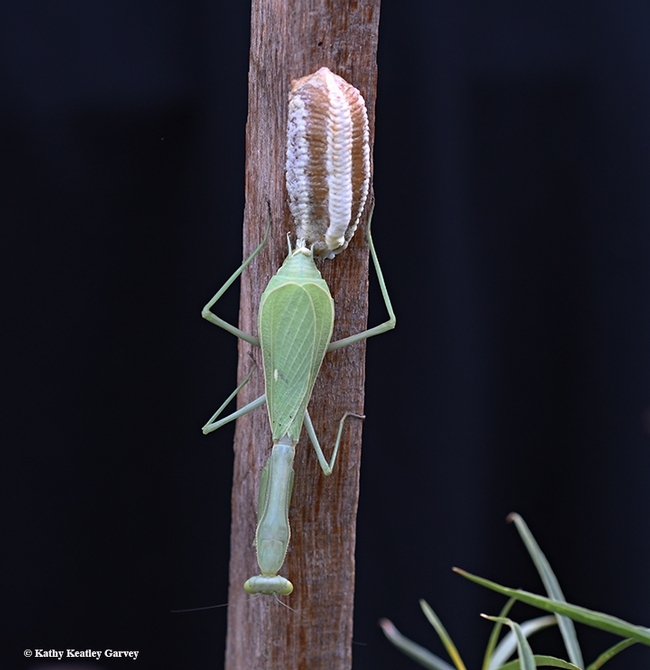
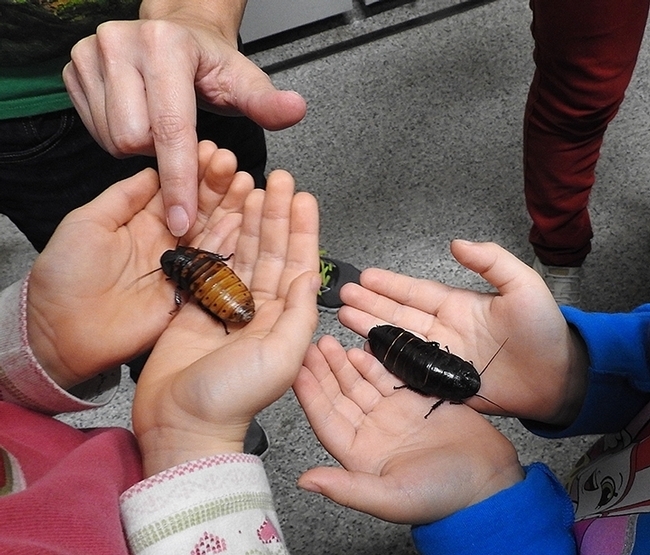
- Author: Kathy Keatley Garvey
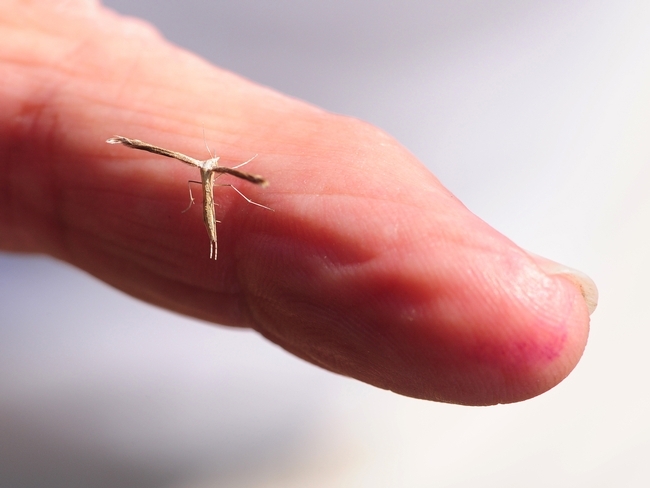
The Bohart Museum of Entomology will host its annual Moth Night--free and family friendly--from 8 p.m. to 11 p.m. on Saturday, Aug. 3. The event takes place the week following National Moth Week, July 20-28.
Blacklighting will take place just outside the museum, located in Room 1124 of the Academic Surge Building, 455 Crocker Lane. For blacklighting, the Bohart scientists use a hanging white sheet that's illuminated by ultraviolet (UV) light and powered by a generator. Throughout the evening, visitors can see what insects are attracted to the white sheets.
Several scientists will be on hand to discuss moths and answer questions. They include senior museum scientist SteveHeydon of theBohart Museum; Jeff Smith, curator of the the moth and butterfly specimens; andBohart associates "Moth Man" John DeBenedictis and GregKareofelas. The best time to see the moths in the light traps is later in the evening, closer to 9:30 or 10, according to LynnKimsey, director of the museum, andTabatha Yang, education and outreach coordinator. Indoor activities--checking out the displays and participating in the craft activity--are planned prior to theblacklighting.Bohart associate Emma Cluff curated a hallway display featuring silkworm moths and silk that links entomology and culture. The silkworm moths are from the Bohart museum collection, and the silk cloth has been donated by silkworm moth authority Richard Peigler, a biology professor at the University of the Incarnate Word, San Antonio, Texas. "He sent us a collection of more than 10 pieces of cloth and several pieces of jewelry that utilize cocoons," Cluff said. "He has sent similar collections of cloth to other research institutions."
"These textiles represent work that has been done for centuries, and in some cases millennia, throughout Asia," Cluff said. "The relationship between these artists and the insects that provide their materials is beautiful and elaborate and we wanted to bring it to light."
The free family craft activity will involve creating silk moth cocoon necklaces. "Kids will be able to color and string white cocoons and make necklaces or bracelets with them," Cluff said.
Free refreshments--hot chocolate and cookies-- will be served.
Last year more than 140 spectators attended Moth Night. The first insects to show up were the scarab beetles or "June bugs" (referring to certain species of scarabs). Beetle expert Fran Keller, assistant professor at Folsom Lake College who received her doctorate in entomology from UC Davis, identified the first scarab beetle to arrive as a Polyphylla sp. or lined June beetle.
Bohart associate and "Moth Man" John De Benedictis listed the species sighted at Moth Night by family. Among them:
- NOCTUIDAE: Spodoptera exigua (Beet Armyworm Moth), Proxenus sp. (probably P. mindara)
- GEOMETRIDAE: Prochoerodes truxaliata
- PYRALIDAE: Ehestiodes gilvescentella
- TORTRICIDAE: Cydia latiferreana (Filbertworm Moth), Grapholita prunivora (Lesser Appleworm Moth)
- GELECHIIDAE: Leucogniella sp. (probably L. distincta)
- TINEDAE: Oinophila v-flava
- ACROLOPHIDAE: Amydria sp. (cannot tell genus or species without dissecting. Likely Pseudopsalta confusella.)
DeBenedictis said a young girl collected the Prochoerodes truxaliata, a moth that feeds on coyote bush as a caterpillar.
Some facts about moths, from the National Moth Week website:Why moths?
- Moths are among the most diverse and successful organisms on earth.
- Scientists estimate there are 150,000 to more than 500,000 moth species.
- Their colors and patterns are either dazzling or so cryptic that they define camouflage. Shapes and sizes span the gamut from as small as a pinhead to as large as an adult's hand.
- Most moths are nocturnal--others fly like butterflies during the day.
- Finding moths can be as simple as leaving a porch light on and checking it after dark. Serious moth aficionados use special lights and baits to attract them.
The Bohart Museum houses a global collection of nearly eight million specimens. It is also the home of the seventh largest insect collection in North America, and the California Insect Survey, a storehouse of the insect biodiversity. Noted entomologist Richard M. Bohart (1913-2007) founded the museum. It maintains a live "petting zoo," featuring Madagascar hissing cockroaches, walking sticks, tarantulas, and praying mantids. The museum's gift shop, open year around, includes T-shirts, sweatshirts, books, jewelry, posters, insect-collecting equipment and insect-themed candy.
The Bohart Museum's regular hours have changed for the summer season. As of July 3, the Bohart is hosting 30-minute tours starting at 2:30 and 3:30 pm. No reservations are required and all ages are welcome. Admission is free, but donations are always welcomed. The Bohart is open to walk-in visitors Monday through Thursday from 1 to 5 p.m. It is closed from 9 a.m. to noon to walk-in visits (the insect museum conducts many tours and outreach programs during those times).
More information on the Bohart Museum is available on the website or by contacting (530) 752-0493 or email bmuseum@ucdavis.edu.
